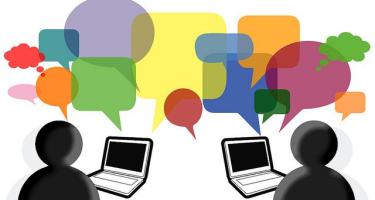
NASW student programs during virtual AAAS 2021 annual meeting
The National Association of Science Writers (NASW) is sponsoring virtual student programming to coincide with the AAAS 2021 annual meeting.
Coverage begins in 2006 for the ScienceWriters meeting and 2009 for the AAAS meeting. To see programs for past ScienceWriters meetings, go to the ScienceWriters meeting site.

The National Association of Science Writers (NASW) is sponsoring virtual student programming to coincide with the AAAS 2021 annual meeting.

The Delaney clause, which bans chemical additives found to induce cancer in humans or animals, has long sparked debate among researchers and regulators.
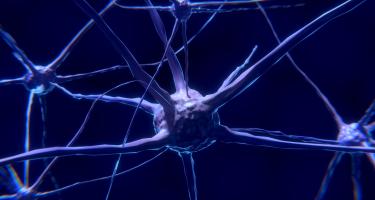
Tissue from living donors has powered scientific advances with potentially far-reaching impact, including on neurological conditions such as Parkinson's and Alzheimer's.

Fire, flood, and famine are just a few of the disastrous outcomes many scientists anticipate from climate change. To face this challenge and collaboratively create a better future, many are turning to sustainability science.
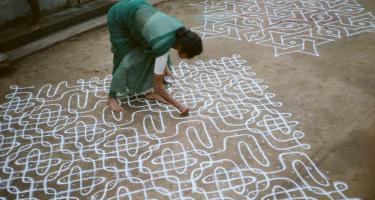
Experts describe the various approaches faith-based communities are taking to address climate change and protect natural resources.
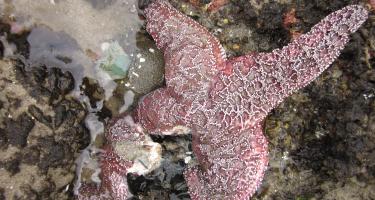
Heat spikes are fueling disease outbreaks in keystone marine species like sea stars.
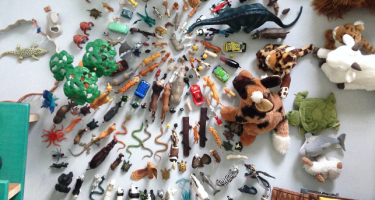
Beauty — whether of faces, fashion or functional objects — is a study in contrasts, a happy medium between what the brain recognizes as average or usual, and what it sees as unique.

Tree-planting efforts might be destroying historic landscapes around the world.
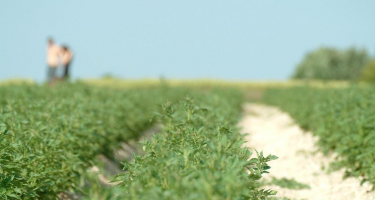
To bring large quantities of favorite foods to the kitchen table, many farmers focus their efforts on cultivating a single crop. But the practice of single-crop farming endangers ecosystems across the globe, threatening future food supply.

Studies show that music therapy, listening to or playing music to improve health, decreases symptoms of depression, improves memory, and increases quality of life in people with Alzheimer’s disease and other types of dementia.